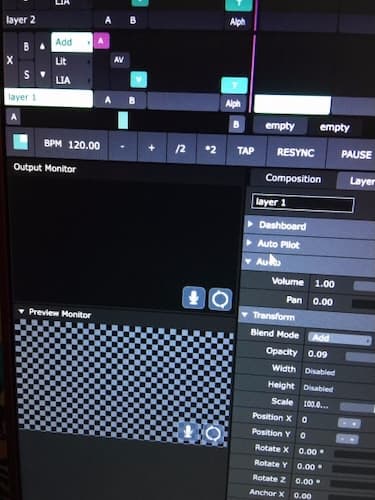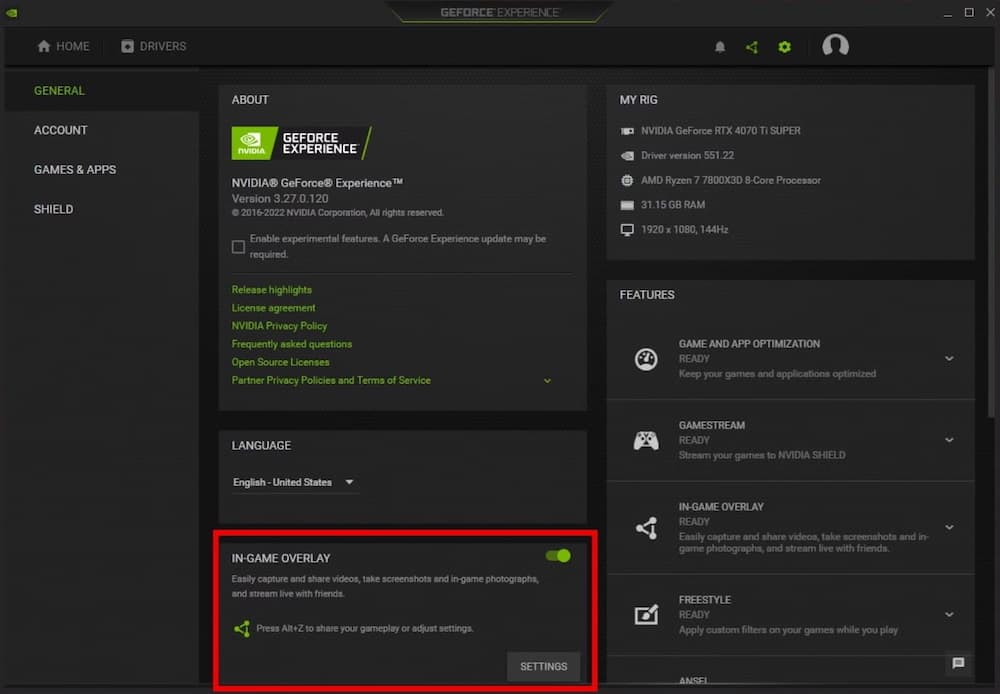If you find yourself in situations where you accidentally hover your mouse over a minimized window icon on the Windows taskbar, and suddenly the screen briefly displays a browser window or an open folder instead of your footage from Resolume, it’s likely that Aero Peek is enabled.
This beautiful feature, aimed at enhancing the convenience of working with Windows, becomes a major issue in our field, causing significant frustration for video engineers, VJs, and directors.
Disabling Aero Peek via System Properties
- Go to System in your system Control Panel and press the Advanced System Settings
Or you can use the shortcut:
Press the Windows + R keyboard shortcut to open the Run dialog, then type sysdm.cpl and hit Enter.
- On the System Properties dialog box, select the Advanced tab. Click the Settings button under the Performance section.
- Select the Visual Effects tab, look for the option entitled “Enable Aero Peek” or “Enable Peek“, which allows you to turn the Aero Peek feature on or off.
- Click Apply





